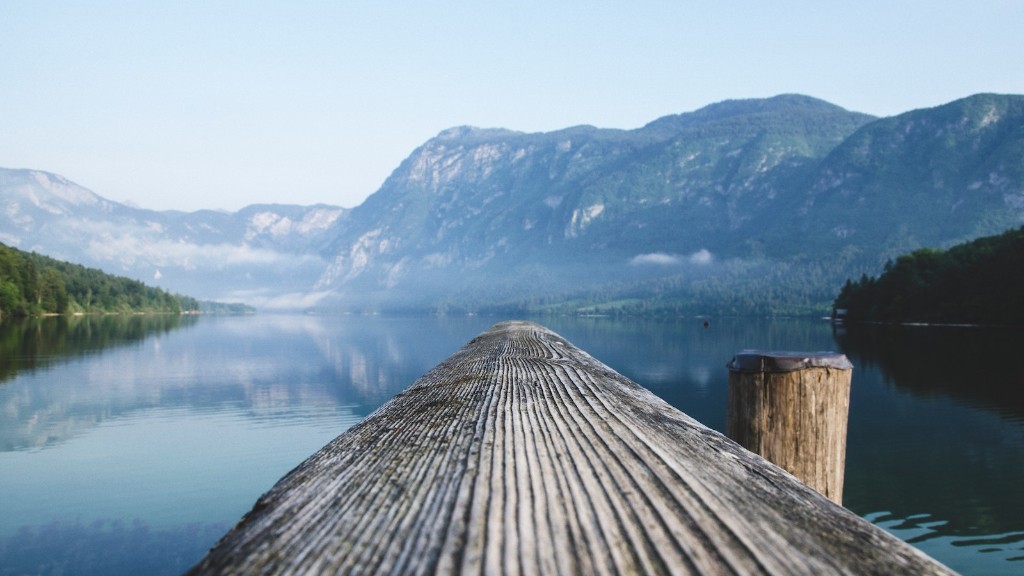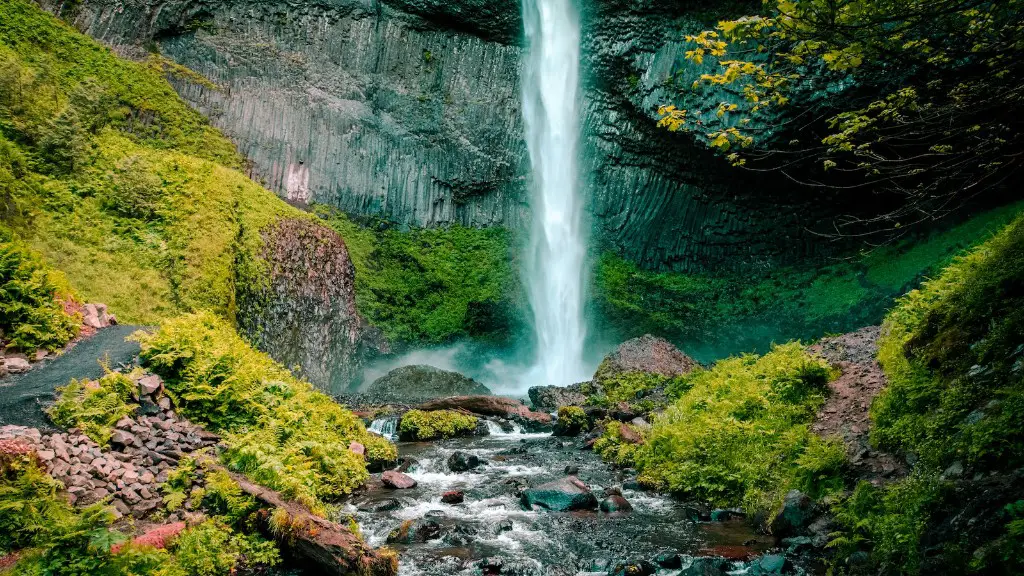Mississippi River – What You Should Know
The Mississippi River, which is the second longest river in North America, has a length of about 2,320 miles
The river begins as a small two-foot-deep river in Lake Itasca located in Itasca State Park in Minnesota and its journey starts from there. The water from the Mississippi flows through 10 states, including Minnesota, Wisconsin, Iowa, Illinois, Missouri, Kentucky, Tennessee, Arkansas, Mississippi, and Louisiana.
The Mississippi River is used for a variety of purposes and is a major waterway for transportation. It is home to many ports, allowing for trade and commerce with many states, including Canada. It also provides a major source of food and water for a variety of wildlife in the region.
We can also find many oil fields along the Mississippi, as well as coal and natural gas deposits. The Mississippi is also an important source of power, used to provide electricity to many cities in the region.
Not only is the Mississippi River used for transportation, energy, and commerce, but it also serves as a major source of recreation and relaxation. People enjoy a variety of activities including fishing, boating, and camping. In some areas, the river is a source of hydroelectric power.
What is interesting about the Mississippi River is that it passes through many different habitats that contain different and sometimes rare species of plant and animal life. Some of these species are threatened or endangered, and some are extinct. The Mississippi is also home to many historic sites that are part of the history of the United States.
The Mississippi River has a very large drainage basin, which is home to more than 30 major tributaries that, together with the Mainstem, make up the entire Mississippi River system. The largest, most recognizable tributary is the Missouri River, which is the longest river in the US.
The Mississippi River is a powerful waterway and is responsible for flooding parts of the region each year. The flooding can be devastating and can cause damage to both property and life.
The Mississippi River and the Wildlife in Its Path
The Mississippi River is home to a variety of wildlife including species of fish, amphibians, reptiles, mammals, birds, and invertebrates. These species of wildlife coexist in the river and can sometimes be threatened by flooding.
The Mississippi’s estuary is one of the most productive areas of North America for nesting waterfowl such as ducks, geese and other species. More than 240 species of fish inhabit the river and its tributaries. Commonly found fish include bass, catfish, walleye, and muskellunge.
Additionally, the Mississippi River contains more than 50 species of mussels and snails, which is the largest number of freshwater mussels in the world. These species are important for the overall health of the river’s fish and other wildlife.
The Mississippi River also provides habitat for a variety of wildlife species that are threatened or endangered. Rare and endangered species such as the pallid sturgeon and the interior least tern can be found in the Mississippi River.
The aquatic vegetation of the Mississippi River serves as a food source for a variety of wildlife species. It is also an important habitat for many amphibians and reptiles such as turtles, frogs, and snakes. The river also serves as a migration corridor for many species of raptors, such as the bald eagle and the osprey.
Finally, the Mississippi is an important wintering area for species of migrating waterfowl. Many species of ducks, geese, and other waterfowl rely on the river as a stop-over point during their winter migration.
The Mississippi River and Its Importance to Humans
The Mississippi River is an important source of water for drinking, agricultural, and industrial purposes. It has also been used to generate electricity by the use of dams, which capture the energy of its flowing waters.
The river system is an important trade and transportation route for cities and towns that rely on the river for their economic livelihoods. The presence of the river has allowed for trade between the United States and Canada, and it has also been used for purposes such as to transport crops, minerals, manufactured goods, and other items.
The river is also an important part of the country’s natural heritage and serves as an important recreational area for boating, camping, and fishing. Each year, millions of people flock to the river to enjoy these activities.
The beauty of the Mississippi River and its important role in the continued health of many wildlife species attract a variety of wildlife enthusiasts. The river is also a source of inspiration to many writers, filmmakers, and artists.
The Mississippi River is also the home to a number of important historical sites, such as battlefields and monuments that tell us about the nation’s past. The river is a source of inspiration and pride for many, and it is ultimately a sign of the nation’s strength that it can continue to provide us with such a valuable resource.
The Mississippi River and Its Contributions to the Environment
The Mississippi River has been recognized as a valuable resource for the environment and economy. The river has numerous contributions to the environment, such as improving water quality, preserving habitats and providing a refuge for fish and other wildlife.
The International Joint Commission lists the Mississippi River as one of the world’s most important bodies of water for the sustainable use of resources. The river has been recognized by the United Nations for its importance in preserving the world’s biodiversity.
The major dam systems in the Mississippi River ensures that the water is available during times of need and keeps the river from flooding. The dams also provide a significant source of clean and reliable hydropower.
The Mississippi River is also a source of carbon sequestration, or the process of trapping carbon dioxide in the atmosphere and converting it into a form of energy.
The river is also home to some of the world’s most productive agricultural areas and its importance to global food production should not be overlooked. The flooding of the river helps to replenish the soil and decrease soil erosion, as well as acts as an important source of irrigation.
The Future of the Mississippi River
The Mississippi River has seen its fair share of challenges and threats over the centuries, from floods to declining wildlife to pollution. But with conservation efforts and initiatives, the future of the Mississippi River looks bright.
The EPA has helped to restore some former wetland and aquatic habitats as part of the Clean Water Act. The National Park Service has also preserved several areas along the river, providing places to safely enjoy and explore the river.
The river is now managed by a variety of federal and state agencies that are working to keep the water clean and sustain its natural resources. In addition, organizations like the Mississippi River Network are taking a leading role in advocating for better protection and stewardship of the river.
The challenges facing the Mississippi River are various and complex, but with a concerted effort by individuals and agencies, it is possible to safeguard its future and ensure that it remains an important source of life and recreation.
Preserving and Protecting the Mississippi River
The preservation and protection of the Mississippi River is vital. There are many ways that individuals and communities can be involved in this effort, from becoming more informed about the threats the river is facing to participating in the restoration of wetland areas.
The EPA provides communities with grants to help them protect their rivers from pollution. Local businesses can also help by using recycled materials and reducing the amounts of chemicals and fertilizers they use.
Raising awareness about the dangers facing the Mississippi River is also important. By spreading the word and sharing information, we can help to create a positive change and make sure that the river is here for generations to come.
Organizations like the Mississippi River Network are working to introduce legislation and encourage conservation efforts. They provide information about the river and how to get involved in its protection.
In addition, individuals can take steps to conserve and protect the river from their own homes, such as using less water in household activities, reducing storm water runoff, and volunteering with organizations focused on protecting the river.
Conclusion
The Mississippi River plays a vital role in our lives, providing us with food, water, energy, recreation, and transportation. It is a sight to behold, a source of pride, and a symbol of our nation’s strength. However, the future of the river depends on our ability to protect it.
There are many ways that individuals and organizations can work together to ensure the preservation of the Mississippi River. By becoming informed, supporting conservation initiatives, and taking steps to reduce pollution, we can ensure that the Mississippi River will remain a source of life and prosperity for generations to come.




